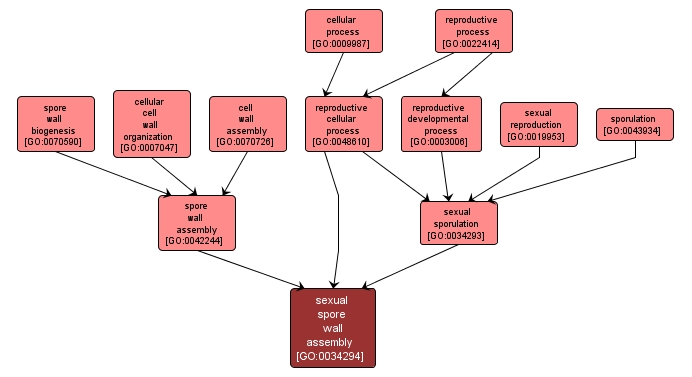GO TERM SUMMARY
|
| Name: |
sexual spore wall assembly |
| Acc: |
GO:0034294 |
| Aspect: |
Biological Process |
| Desc: |
The aggregation, arrangement and bonding together of a set of components to form a sexual spore wall, the specialized envelope lying outside the cell membrane of a spore derived from a product of meiosis. |
Synonyms:
- sexual spore wall formation
|
|

|
INTERACTIVE GO GRAPH
|














